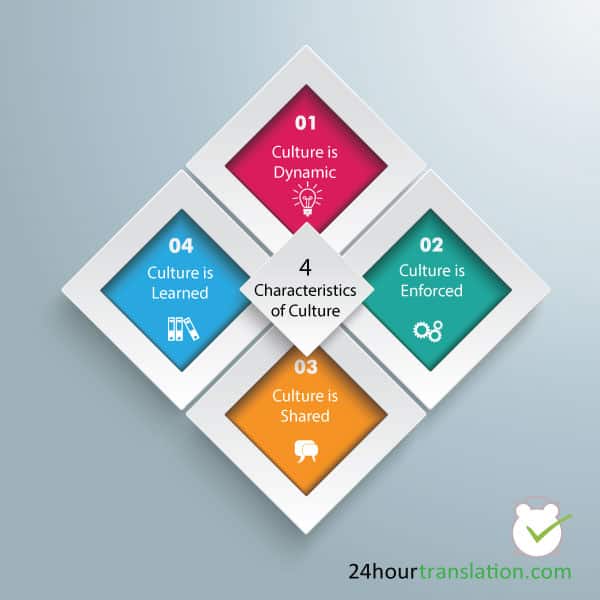Marketing globally requires making many financial, legal, logistical, communication and marketing decisions. Because the international business environment can be very complex, it often requires detailed analyses of factors present in a new market. One such factor that requires deep analysis is the cultural and social differences that are present in that potential market.
Because cultural and social factors influence people, they impact every aspect of business operations and marketing. Thus cultural and social factors are generally the first and most important considerations for determining whether to enter new markets.
Whereas the social environment requires collaboration between members of a society, culture facilitates the interaction. Businesses must understand the social environment and its components, including trends in demographics, lifestyles, beliefs, and ideals, and principle values of the general population. Without adequate knowledge, a business will be unprepared to function and interface with its employees, suppliers, regulating authorities and customers.
What Is Culture?
Culture refers to a complex set of social rules and instructions for human action that permit a person to act in a manner that is acceptable to other members of a society. However, since culture isn’t concrete or transparent, it therefore cannot be predicted and is prone to change throughout time.
Four characteristics of culture should be considered when developing strategies. Understanding these characteristics is essential for a firm to distinguish cultural differences as an opportunity rather than an unpredictable or murky threat.
Culture is learned. Since culture is learned, it can be taught and influenced by television, social media, news organizations, other informational sources, and even marketing agencies and advertising.
Culture is shared. Since culture is shared, dealing successfully with different cultures means focusing on similarities instead of differences. For marketers, this means identifying values and beliefs that are consistent with its market. Having shared values and beliefs sets the groundwork for successful strategies.
Culture is enforced. Humans need to belong to a group. Feeling comfortable within a culture satisfies this need since members hold similar values, beliefs and ideals. To retain membership within the group, members must adhere to these learned behaviors. A business that can recognize and respond to cultural attributes enjoys a strong position to develop and implement success strategies.
Culture is dynamic. Culture constantly evolves, as it is continually influenced by diverse factors. Businesses can also play an important role in this reshaping. However, businesses must be cautious about forcing their own culture onto others.
Analyzing culture from a business perspective involves a reliable translations company and a deep understanding of the various components that comprise culture. Understanding these components–material, social, natural world, aesthetics, and linguistic—is crucial. Although recognizing that cultures might differ throughout the world may not be hard, it can be very difficult to understand how and why cultures differ and how differences can influence business strategy. Gaining a greater understanding of these five components and the level of importance placed on each will allow managers to develop stronger managerial and marketing programs. Our next post will discuss these individual components.


